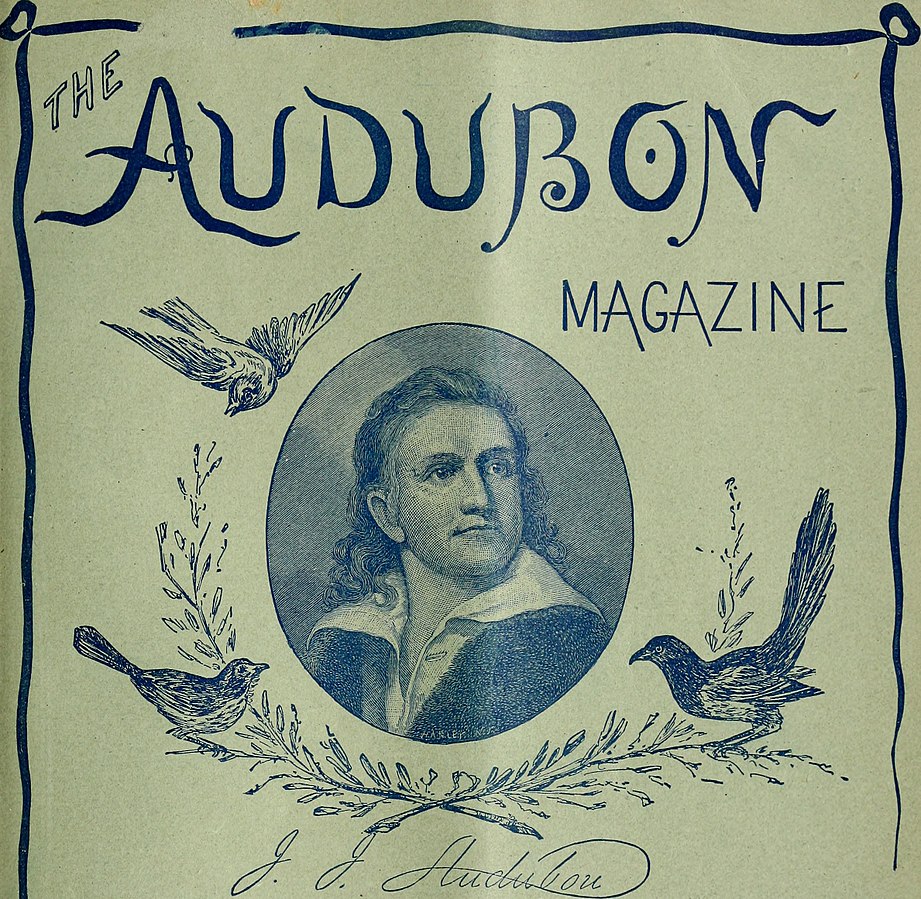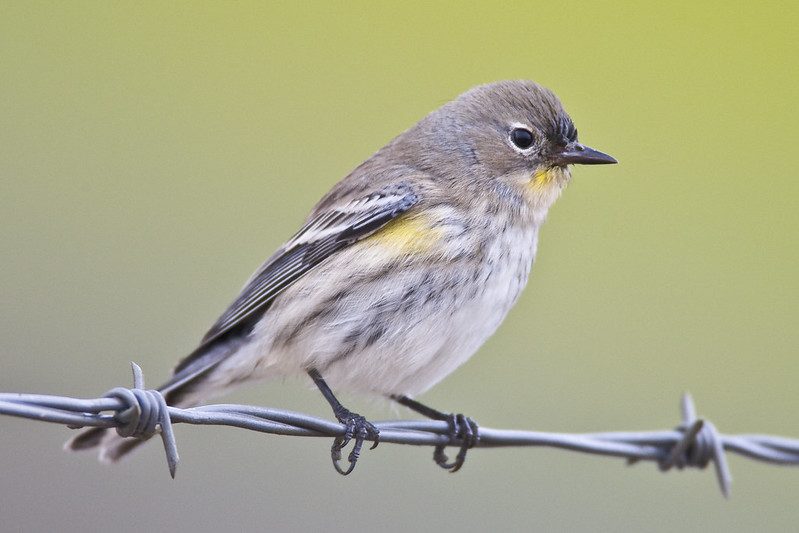A “What-if” of Environmental History
By Kenzie Smith | November 18, 2019
After spending the last few weeks discussing modern technology and the influence of multi-media capabilities on the changing landscape of the journalism industry, I cannot help but wonder about the past.

There is no question that the rise of technology has lead to major strides in the journalism industry over the years. As fellow classmate, Max Lulavy points out, “Journalism is an ever changing field…due to the nature of rapid technological advancements in society” (Lulavy 2019). The invention of the radio, television, the world wide web, podcasts, entertainment platforms such as Youtube, social media platforms such as Facebook and Instagram, AR and VR technology, and countless other technological advancements, have further evolved our definition of “journalism” into something completely divergent from that of days past.
This increase in technology has allowed for all new ways of displaying and dispersing news and information, as seen in Lullavy’s examples of multimedia journalism; National Geographic’s story entitled This common fishing practice endangers an entire whale species by Jason Treat and Kelsey Nowakowski, and Virtual Wonders’s 3D Mapping of Petra, Jordan.
With all of these technological advancements improving efficiency, increasing audience base, and providing a more enjoyable reader/viewer experience, I wonder about how they might have been able to help in previous environmental fights.

Image credit: National Audubon Society
I was struck by the laborious efforts of early environmental journalists to increase awareness of the over-exploitation of birds by the fashion industry in the 1800’s. In The Environment and the Press, Mark Neuzil writes of the early days of the Audubon society; “without a national vehicle like a magazine, communication was difficult. Press attention, one organizer said, fell off to nothing” (Neuzil 2008, 137). One of the main obstacles working against them in their pursuit to protect the birds was the sheer size of the problem in comparison to their reach. They did not have the accessibility capabilities that journalists do now.
This is why I find articles such as Jes Burns’s The Bizarre Bird Hat Fad That Led To Malheur’s Public Land Protections so fascinating. The use of modern multi-media techniques (i.e. photography and videography in combination with text) to tell a story that spans both the past and the present is a unique opportunity for current journalists.

Image credit: Mike Baird
Similarly, the Audubon Society itself is now taking advantage of multi-media techniques, as seen in their article North America Has Lost More Than 1 in 4 Birds in Last 50 Years, New Study Says, by Jillian Mock. This article uses beautiful nature photography, an interactive graphic, and powerful text to tell the story of the tragic decline of the birds.
Because of their interesting and engaging multi-media features, Burns’ and Mock’s articles are reaching a wider audience and having a large impact. All of this makes me wonder: if the Audubon Society had had multimedia capabilities at the time of their initial fight against the fashion industry, would they have found success earlier? Probably.
Sources
Burns, J. Jan. 15, 2016. The Bizarre Bird Hat Fad That Led To Malheur’s Public Land Protections. OPB.com. https://www.opb.org/news/article/bizarre-bird-hat-fad-led-to-malheurs-protection/
Lulavy, M. Oct. 28, 2019. The Ever Changing Field of Journalism: Technological Advancements. Environmental Journalism. https://envhumanities.sites.gettysburg.edu/environmental-journalism/uncategorized/the-ever-changing-field-of-journalism-technological-advancements/
Mock, J. Sept. 19, 2019. North America Has Lost More Than 1 in 4 Birds in Last 50 Years, New Study Says. Audubon.org. https://www.audubon.org/news/north-america-has-lost-more-1-4-birds-last-50-years-new-study-says
Neuzil, M. 2008. The Environment and the Press: From Adventure Writing to Advocacy. Northwestern University Press, USA.


